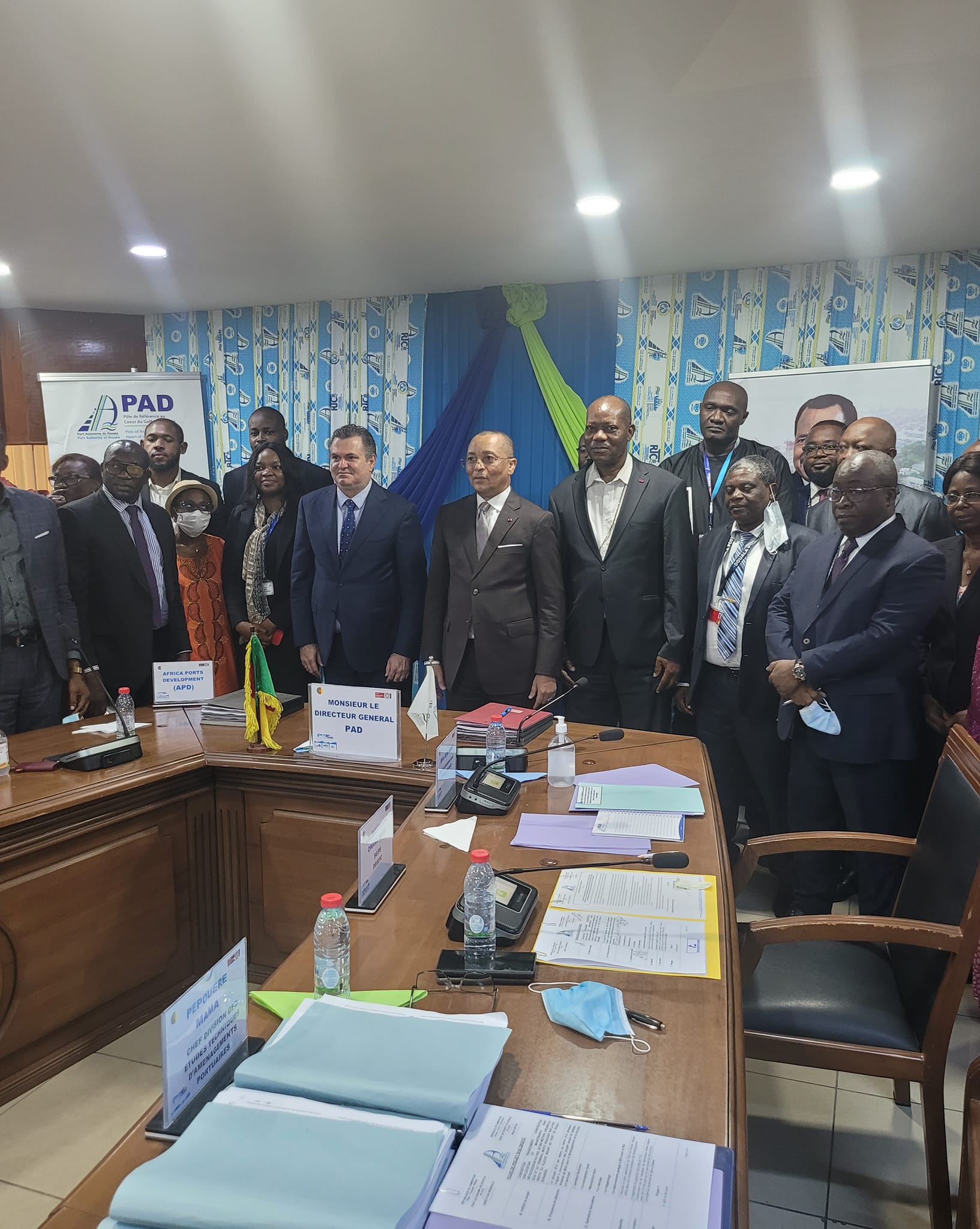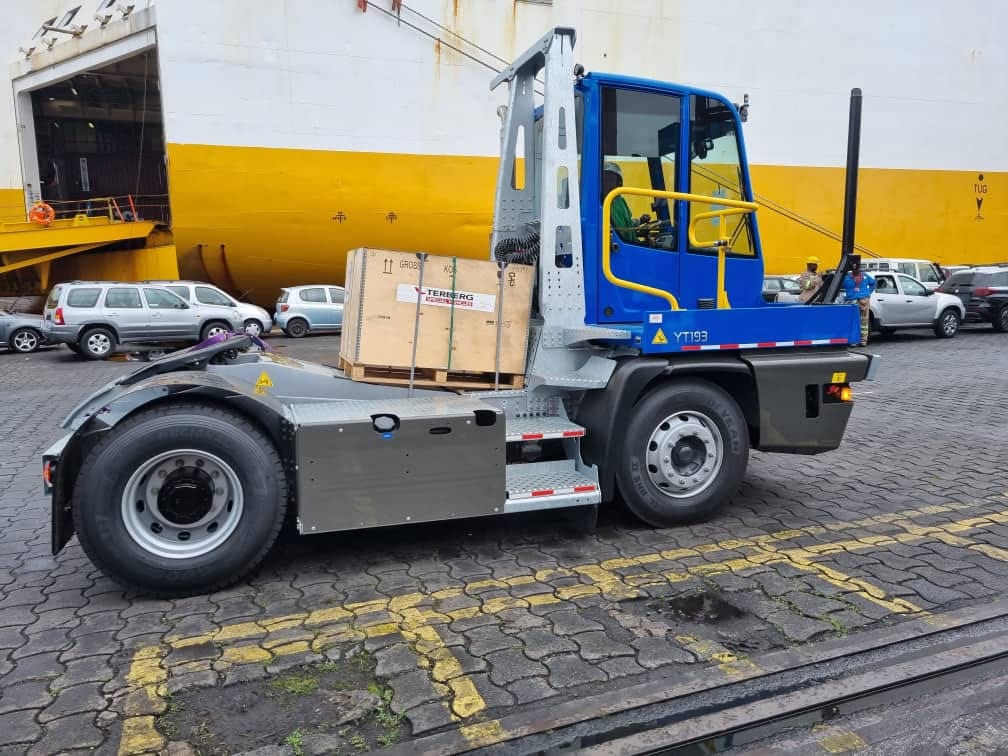In a crucial move towards strengthening Africa’s economic integration, the United Nations Economic Commission for Africa (ECA), alongside the African Union (AU), has hosted an Expert Group Meeting (EGM) in Douala, Cameroon. This gathering aims to address a critical challenge: ensuring the effective implementation of the Boosting Intra-African Trade (BIAT) Action Plan, aligning it with the transformative goals of the African Continental Free Trade Area (AfCFTA).
Unlocking Africa’s Trade Potential
Despite Africa’s vast economic potential, the continent’s share of global exports remains low, hovering around 3%. This underscores the pressing need to boost intra-African trade and industrialization. Currently, intra-African trade figures reveal a significant gap compared to other regions: exports stand at 17.8%, while imports reach 14.6%.
Recognizing this untapped potential, the AU Assembly took a decisive step in 2012. During its 18th Ordinary Session, it established the AfCFTA, aiming to create a unified African market. This initiative seeks to streamline trade in goods and services, elevate Africa’s position in global trade, and foster sustainable socio-economic development across the continent.
Progress and Challenges: Bridging the Gap
The AfCFTA has made significant strides. As of April 2024, 47 out of 54 signatories have ratified the agreement, with trading commencing in January 2021. However, progress on the BIAT Action Plan has been less substantial.
The EGM, held at Douala’s Krystal Palace Hotel, serves as a platform to review a draft report titled “Framework for Boosting Intra-African Trade (BIAT), Ten Years After: Progress, Implementation Challenges, and Implications for the AfCFTA.” This meeting will gather insights from experts, Regional Economic Communities (RECs), and key stakeholders. Their contributions will enrich the report’s content, strengthen its analytical foundation, and ensure robust data and recommendations.
The BIAT framework identifies seven key clusters: Trade Policy, Trade Facilitation, Productive Capacity, Trade-Related Infrastructure, Trade Finance, Trade Information, and Factor Market Integration. These areas highlight the importance of integrating intra-African trade into national strategies, involving the private sector in policymaking, enhancing food products and services, simplifying trade regulations, reducing transit times, optimizing border posts, and integrating border management.
Collaboration is Key: Moving Towards a More Integrated Africa
While progress on the AfCFTA is notable, limited information exists on the domestication and implementation of the BIAT at regional and national levels. The EGM brings together participants from RECs, the African Union Commission, the AfCFTA Secretariat, the African Development Bank (AfDB), Afreximbank, academia, and the private sector. This collaborative approach is vital to bridge the implementation gap and unlock the immense potential of intra-African trade.
By identifying concrete solutions and fostering collaboration among stakeholders, the EGM paves the way for a more integrated, prosperous, and self-reliant Africa.






